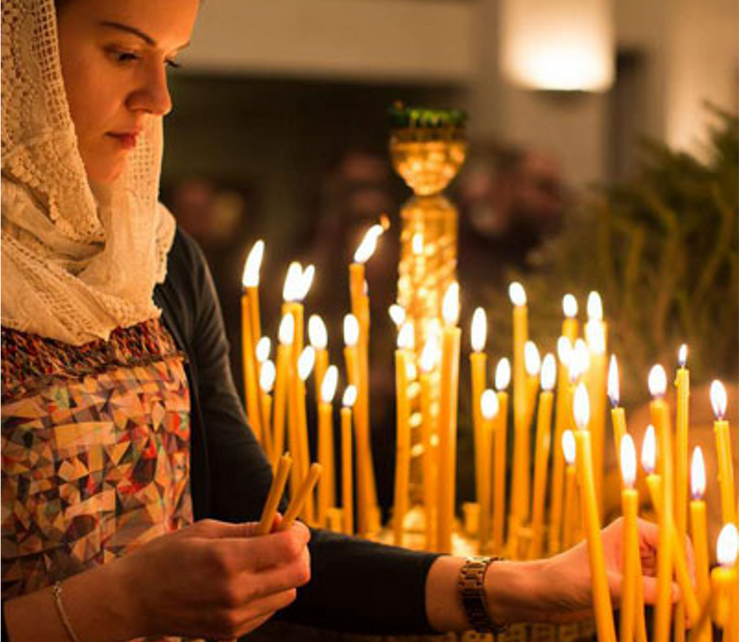
THE BYZANTINE EMPIRE

The Byzantine Empire, also referred to as the Eastern Roman Empire or Byzantium, was the continuation of the Roman Empire in its eastern provinces during Late Antiquity and the Middle Ages, when its capital city was Constantinople.
The beginnings of the Byzantine Empire lie in the decision of Roman emperor Constantine I to relocate the capital of the Roman Empire from Rome to Byzantium on 11 May 330. The popular name Constantinople or 'City of Constantine' soon replaced the emperor's own official choice of 'New Rome' (Nova Roma)



The Bosporus and the Golden Horn


The reason why the capital was so impregnable:
W = Water- the capital is surrounded by water (good for defense)
W = Walls-They built 13 miles of walls around the city
S = Shipping- The Bosphorus strait connects the Black Sea and the Mediterranean Sea. -Great for trading goods between Europe and Asia
JUSTINIAN THE GREAT



JUSTINIAN THE GREAT
* ONE REALM:
Expansion of the empire: the Mediterranean countries
Back to the old Roman Empire
* ONE LAW: CODEX JUSTINIANUS / CODEX IURIS CIVILIS
4 books of law: 529 A.D.
*ONE FAITH:
Christianity all over the entire realm
One Catholic Church for all

After the death of Justinian:
* ONE REALM:
Imperial overstretch
Bad emperors/incapable leaders
* ONE LAW:
Written in Greek –> most of the people speak Latin
Doesn’t work
* ONE FAITH:
Catholic Church: fights over who’s the leader (pope or patriarch)
Eastern Schism: 1054
THE FALL OF CONSTANTINOPLE - 1453
TRADE IN THE BYZANTINE EMPIRE


Byzantine currency, money used in the Eastern Roman Empire after the fall of the West, consisted of mainly two types of coins: the gold solidus and a variety of clearly valued bronze coins.
The solidus: The basic unit of the Byzantine monetary system, equaling 1/72 of one Roman pound of gold. Its weight (4.5 grams) and purity (24 karats) remained fixed up until the eleventh century. In the tenth century, a soldier's annual salary was about 12 solidi; stipends at court began at about 72.

GROWING DIFFERENCES BETWEEN THE EAST AND THE WEST
Language problem

Religious problem


1. Difference in language:
East = Greek / West = Latin
2. Difference in Church practise
West = statues of saints and veneration of saints
East = iconoclasm (no statues or paintings)
3. Difference in Church leadership
West = pope is leader above all (even above kings)
East = theocraty – emperor is leader of country and church – with patriarchs

BYZANTINE ART

Haggia Sophia (Constantinople)


San Vitale (Ravenna)



MOSAIC VS. ICON








